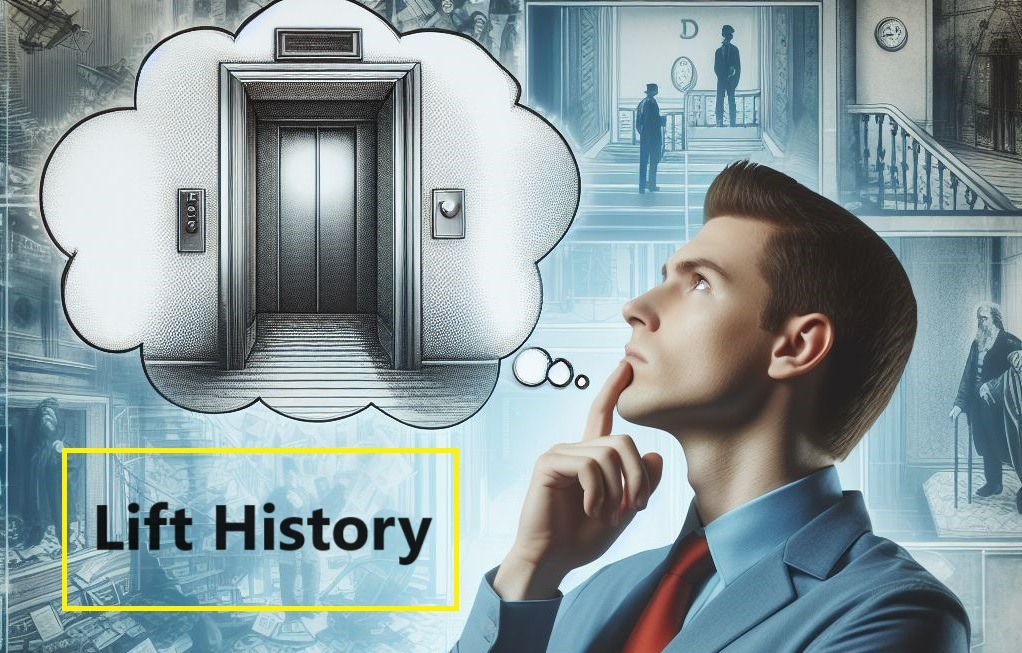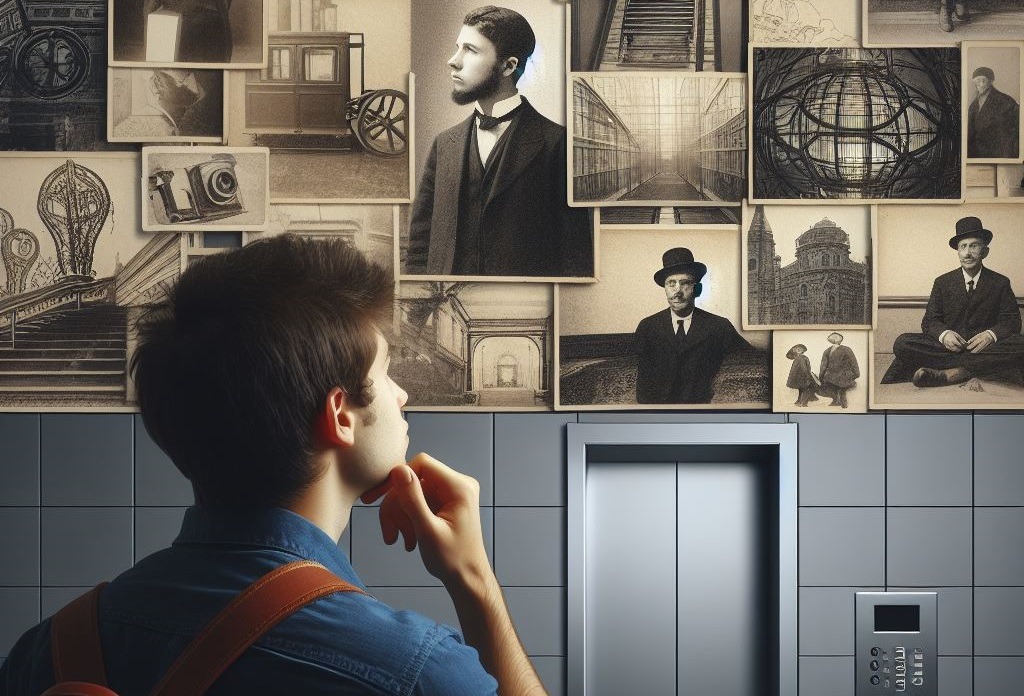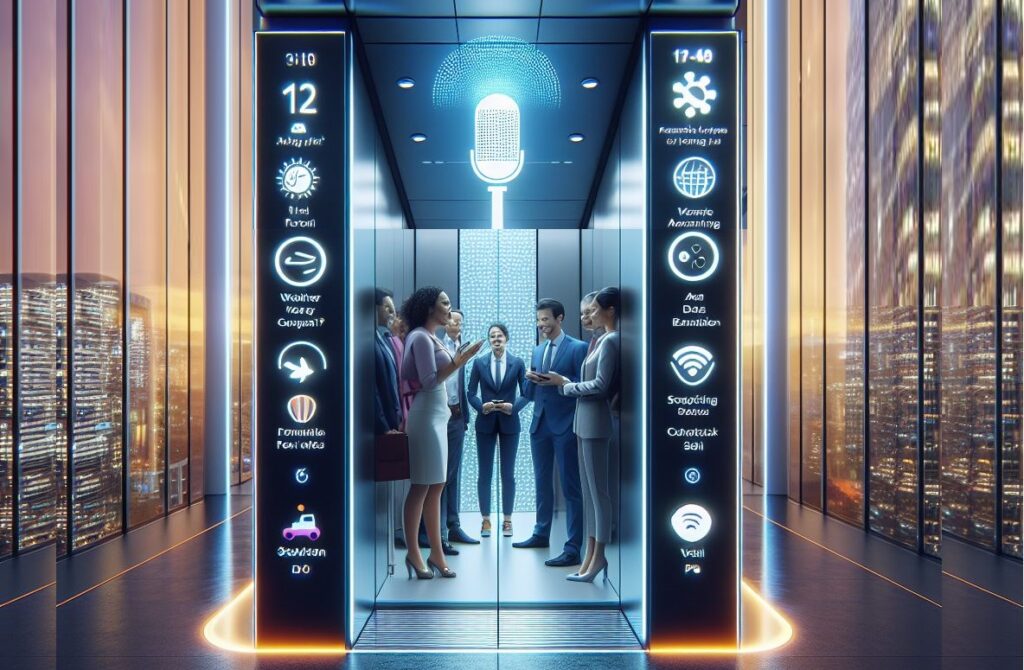The History of Lift: From Ancient Times to Contemporary Innovations. For centuries, Elevators have been a vital part of vertical transportation, experiencing significant design evolution. Originating as basic devices utilizing ropes and pulleys for vertical movement, elevators have transformed into sophisticated machines that seamlessly integrate various technologies, including electric motors, hydraulics, and computer systems.

This evolution underscores the continual advancement and innovation within the elevator industry, enhancing efficiency and safety in contemporary vertical mobility.
The history of elevators, or commercial / home lifts, dates back centuries and has evolved significantly over time. Here is a brief overview:
- Ancient Times
- Medieval and Renaissance Periods
- Industrial Revolution
- Electric Elevators
- Skyscrapers and High-Rise Buildings
- Modernization and Automation
- Contemporary Innovations
- Green and Smart Elevators
Ancient Times
Ancient civilizations, including the Egyptians, Greeks, and Romans, traced back the concept of lifting heavy loads. They utilized simple pulleys and counterweights to lift heavy objects and transport people. These systems, known as hoists, were manually operated and limited to practical use in places like mines and construction sites.
Archimedes, the ancient Greek mathematician, is credited with inventing the first known elevator in the 3rd century BC. It was a primitive design using ropes and pulleys.
Medieval and Renaissance Periods
Various types of lifts moved people and goods vertically in castles and fortifications during the medieval and Renaissance periods. However, nowadays, technological advancements have led to the development of more sophisticated lifting mechanisms. Animals or humans often powered these early elevators, primarily used in the construction of castles and cathedrals. They enabled the transportation of heavy materials to great heights.
Industrial Revolution

- The Industrial Revolution brought significant changes to the elevator industry. The 19th century brought about significant advancements in elevator technology. Steam-powered lifts were introduced, revolutionizing vertical transportation in factories and warehouses. However, these lifts were still limited to industrial settings. Improving efficiency and capacity.
- In 1852, Elisha Otis introduced the safety elevator, a groundbreaking invention. Otis’s design included a safety mechanism that prevented the elevator from falling if the lifting cables failed.
Electric Elevators
The late 19th century saw the transition from steam to electric power for elevators. This change allowed for greater control and reliability.
In 1853, Elisha Otis invented a safety device known as the “safety hoist,” which prevented the elevator from falling if the hoisting rope broke. This invention paved the way for the safe usage of elevators in public buildings.
In 1889, Frank Sprague developed the first electrically powered elevator, making vertical transportation more practical and widespread.
Skyscrapers and High-Rise Buildings
The construction of skyscrapers and high-rise buildings in the late 19th and early 20th centuries created a demand for even more advanced and reliable elevators. Companies like Otis Elevator Company became instrumental in providing elevator solutions for tall buildings. Hydraulic elevators came into use, utilizing pressurized fluid to operate the lift. With this technology, elevators could reach greater heights, making tall buildings more practical.
Modernization and Automation
Elevator technology continued to advance with the introduction of automatic and automated systems. Push-button controls and automatic leveling significantly improved user experience.
In the mid-20th century, elevators underwent significant modernization and automation. So, The invention of microprocessors and computer technology allowed for the development of advanced control systems, incorporating standard features such as automatic doors, destination selection systems, and emergency evacuation procedures.
Computerized controls and microprocessors enhanced elevator efficiency, safety, and customization.
Contemporary Innovations
Recent years have seen ongoing innovations in elevator design and technology. One notable development is the integration of artificial intelligence and machine learning algorithms in elevator control systems. This allows for predictive maintenance, efficient traffic management, and energy optimization. Gearless traction systems, destination control systems, and energy-efficient technologies are among the advancements in the industry.
Green and Smart Elevators

With a growing emphasis on sustainability and energy efficiency, the elevator industry is focusing on green and smart elevator solutions. Additionally, regenerative drive systems, LED lighting, and energy management systems are being implemented to reduce energy consumption and environmental impact. Now a days pve lifts performing well as a smart lift.
Additionally, smart elevators equipped with sensors and IoT technology enhance safety. Sametime, It provides additional features for users, such as personalized experiences and connected services.
The 21st century has witnessed a focus on environmentally friendly and energy-efficient elevator solutions. Smart elevators with advanced control systems, predictive maintenance, and energy-saving features have become standard in modern buildings.
Conclusion
Throughout its history, the elevator has played a crucial role in shaping urban landscapes and enabling the construction of taller and more complex structures. Today, elevators are an integral part of modern infrastructure, contributing to the efficiency and convenience of vertical transportation. Lift manufacturers also need to update new technology and innovation to withstand competition and customer satisfaction.
The history of lifts has undergone a remarkable transformation from simple hoists in ancient times to the advanced, green, and smart elevators of today. Each technological advancement has contributed to the safe and efficient vertical transportation that we rely on in our modern world.
